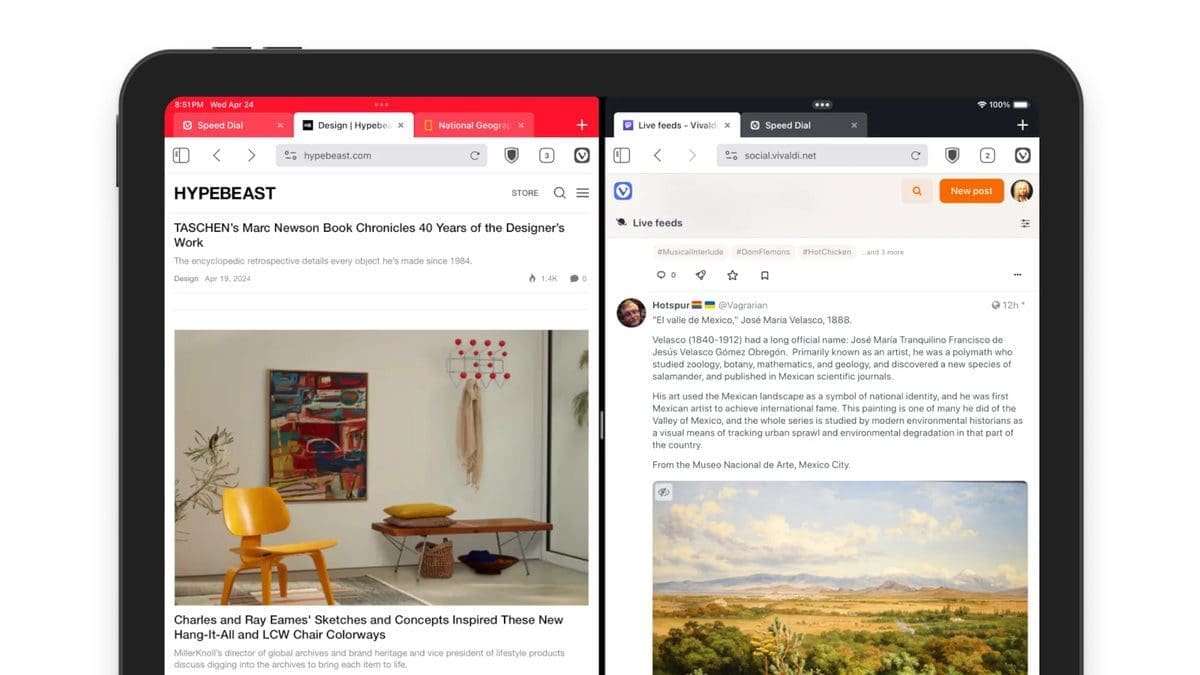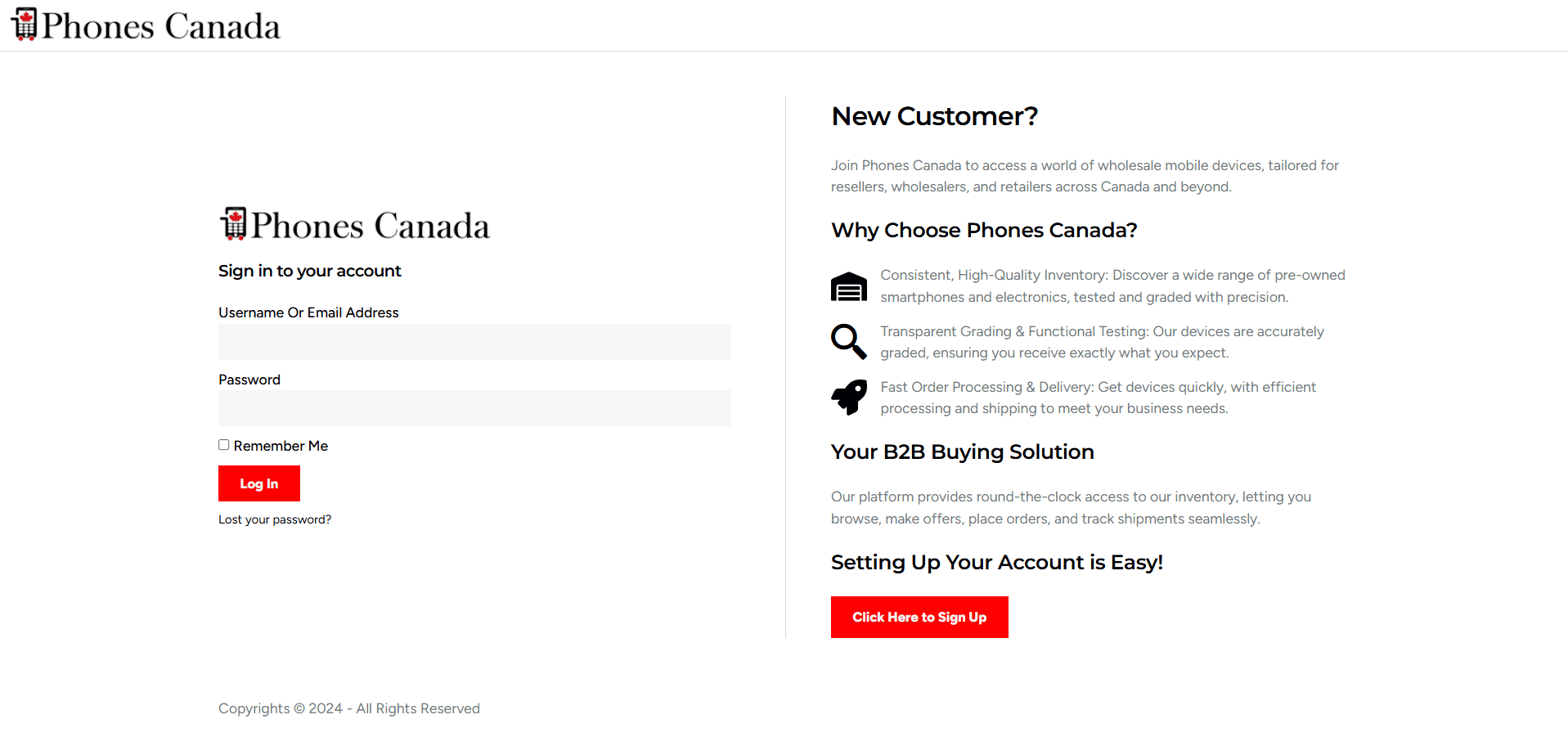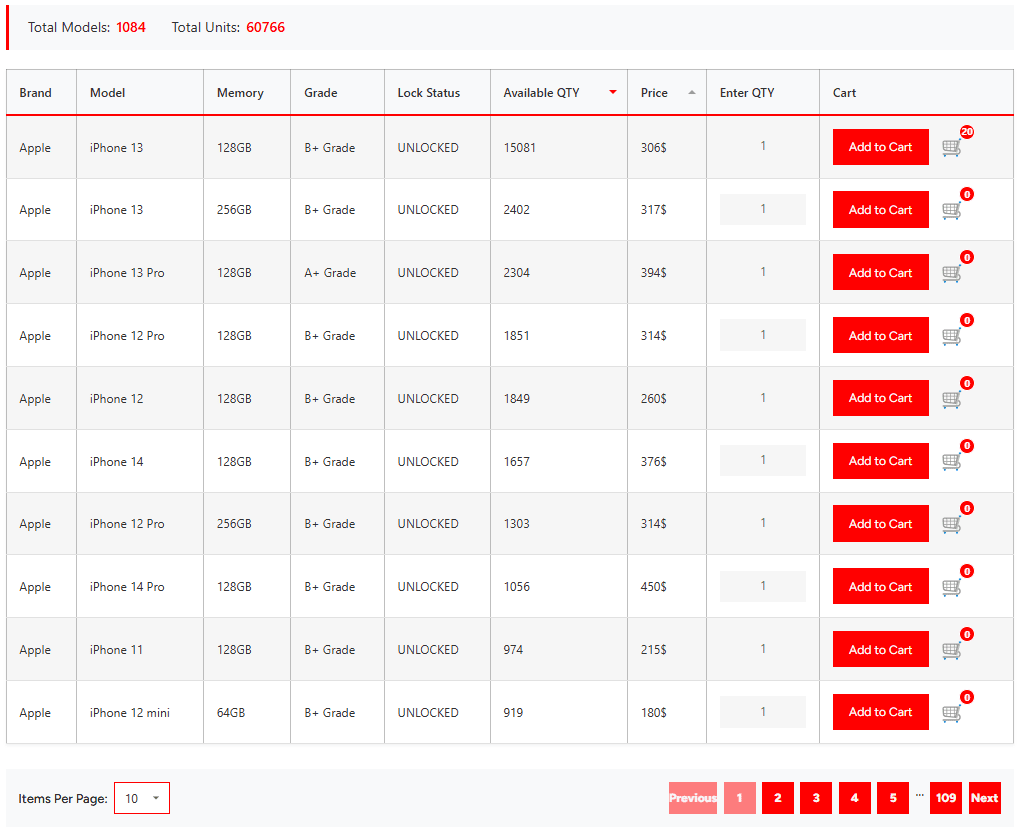Phones Canada team welcomes you to the future of 5G technology. A standalone (SA) 5G network offers ultra-low latency, larger capacity, faster speeds, and more reliable and secure service compared to networks built for 4G with 5G capabilities overlaid on them.
T-Mobile has achieved an impressive 5G download data speed on its SA network, clocking in at faster than 4.3Gbps using eight aggregated channels of high-band mmWave spectrum, without the need for low or mid-band signals to anchor the connection. Additionally, four channels of aggregated mmWave spectrum were utilized to deliver upload data speeds faster than 420Mbps.
Working in collaboration with Ericsson and Qualcomm, T-Mobile leveraged mmWave spectrum to deliver these impressive 5G data speeds. However, since mmWave signals do not travel long distances and can be easily blocked by obstacles, T-Mobile has employed a layered approach that encompasses low-band 5G for nationwide coverage, while offering fast data speeds with mid-band and high-band Ultra Capacity service.
With regards to the future implementation of mmWave in T-Mobile’s 5G standalone network, it will be targeted for use inside crowded stadiums and arenas, and potentially for fixed wireless service. T-Mobile’s acquisition of Sprint has allowed it to acquire 2.5GHz mid-band airwaves, which have significantly contributed to the expansion of its mobile 5G network and has enabled the carrier to offer fast 5G service to a wider customer base compared to competitors who rely solely on mmWave signals with limited reach.
Currently, T-Mobile’s 5G network covers over 330 million people across two million square miles, with 300 million people nationwide covered by T-Mobile’s faster Ultra Capacity 5G. Ulf Ewaldsson, President of Technology at T-Mobile, expressed the company’s commitment to continuously pushing the boundaries of wireless technology by pioneering the first, largest, and fastest 5G standalone network across the country.
Ewaldsson also highlighted the strategic use of millimeter wave spectrum for different scenarios such as crowded venues or fixed-wireless access when combined with 5G standalone.










